I remember when I first started drinking tea on a regular basis out of my own volition (tea drinking in Hong Kong is more or less a part of life and isn’t an option). It was in my college dorm room, freshman year, and I just bought myself an ugly Republic of Tea teapot that had a mesh strainer that I now loathe, because the synthetic material on that thing absorbs any and all smells and taste. I would make green tea in that thing, or jasmine pearls, or earl grey, using a percolator for coffee to heat the water. I can’t remember where I got that percolator, but I do remember the water tasting like plastic after boiling.
I quickly learned that jasmine pearl, when oversteeped, would be nasty and bitter. Longjing was much better in that regard, but even then, the longjing I was drinking was pretty substandard in retrospect, low grade stuff that probably doesn’t even qualify for Hangzhou Longjing status. In many ways, earl grey was far more reliable, if for no other reason than bergamot oil tasting more or less the same everywhere.
My first tea revelation didn’t come until about two years later, when I went to Great Wall in New York’s Chinatown and bought myself a small bag of Mingqian (pre-Qingming) Longjing out of curiosity. I remember it was expensive, something like $120 a pound or some such. I thought it was a ridiculous price for a tea, but I also wondered why it cost so much more than the other grades of longjing they sold there. Great Wall, I’ve been informed, has since died. I will, however, already remember it fondly as the place where I bought the first tea that got me hooked. Mingqian longjing, for a few years, became my favourite thing. I still drink that stuff maybe once or twice a year, but nowadays my body doesn’t really like too much green tea.
I didn’t brew the longjing I bought until I got back home to college (I believe it was fall break when I went, or maybe spring). By this time, I had graduated from using the percolator, since I was living in a house with three other people and we had a functional stove. I used it occasionally for food, or what passed as food in college, but I used it often for hot water, boiled in my enamel lined kettle I bought from Wal-mart for something like $12. The enamel lining didn’t last very long, and by the end of the year I had to ditch the kettle for a better one, this time stainless steel with no silly lining that broke down after a year’s use.
Since I moved back into a dorm in my senior year though, access to hot water became a problem again. A solution had to be found, and I decided that I would boil the water in my kettle in the communal kitchen, and then transfer it to a thermos to be used in my room until it ran out. Since I was mostly drinking greens and some lighter oolongs at that point, that really wasn’t much of a problem, temperature wise. If anything, I tried lowering the temperature of the water by stretching out the pouring from the kettle into the thermos in order to cool down the water, and also to let the thermos sit with the lid open so that the water wouldn’t kill the tea. By this time, I had also acquired my very first gaiwan, a $50 affair from Ten Tea in New York. It was a nice gaiwan, with a rhomboid saucer, ruby red glaze, with black accents, but it didn’t last the year, as the lid tragically broke on the handle of a couch in my room. I was very angry for maybe a week.
I can’t remember what I used as a cup in those days. I think I was using the same mug I did when I entered college, and which I still possess, although no longer used much. After the gaiwan broke, I had to look for another one, and an opportunity arose when I had to go for a job interview in Chicago and I had about a half day’s worth of free time. I figured I could try my luck in the Chinatown there. Chicago’s Chinatown turned out to be not much, but it also had a Ten Tea, and I bought a set of a gaiwan plus a cup. Too expensive, obviously, but that was a nice gaiwan and a decent cup. I still have them, although the gaiwan is now too big — probably 200ml.
For more than a year, that was my entire tea set up. No tray, no chahe, no fairness cup. I didn’t need one. The cup that came with the gaiwan was big enough for all its contents, and I rarely had the chance to brew for others. Most people in college were not that interested in tea. The few who did would take a few sips. I think nowadays the college-aged crowd are more interested in this sort of thing, but back then, perhaps partly because information did not flow as quickly as it does today, even though we were already in the dotcom boom, students were more engaged in other things. My school’s students were all too busy protesting, anyway. I still remember that one time when a friend of mine simply refused tea. I asked her why she wouldn’t try it, and she just said she doesn’t like it (without, of course, having tried it at all). To this day, I don’t understand, and I think I am still a little insulted.
College ended almost as quickly as it began. I don’t know if I learned anything in those four years. I did, however, started drinking tea more seriously, and started learning about tea and brewing tea consistently. The habit, you can say, was formed. I learned that it is easy to screw up an oolong by overstuffing the gaiwan, or that brewing tieguanyin too long can yield a really nasty brew. My taste back then was mostly greenish teas, which, ironically, I no longer drink at all, basically. This is not atypical, from what I gather, for many people I’ve met in Taiwan and China share a similar trajectory in their tea-life. Greens and greener oolongs tend to be where everybody got started, and aged teas tend to be where you end up. I don’t know if that’s a function of income, a function of age, a function of constitution, or what, but I know in this respect, I’m not alone.
To be continued…

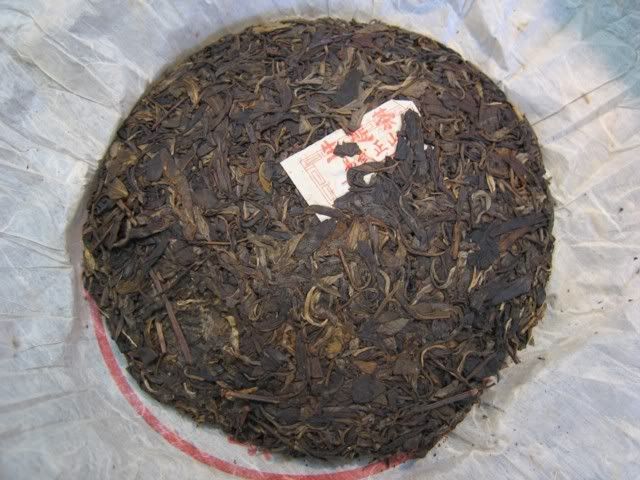
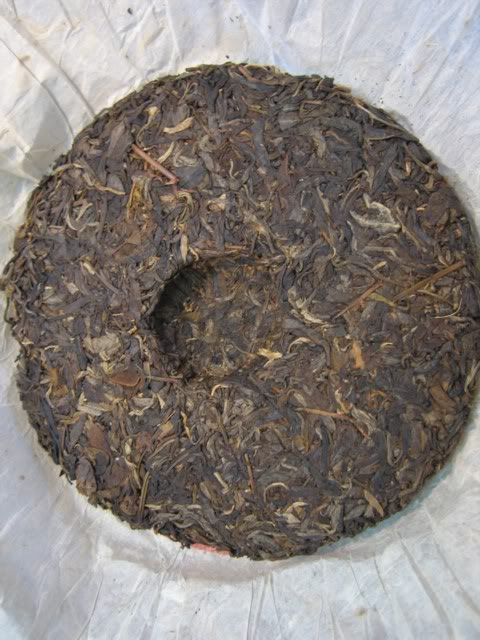
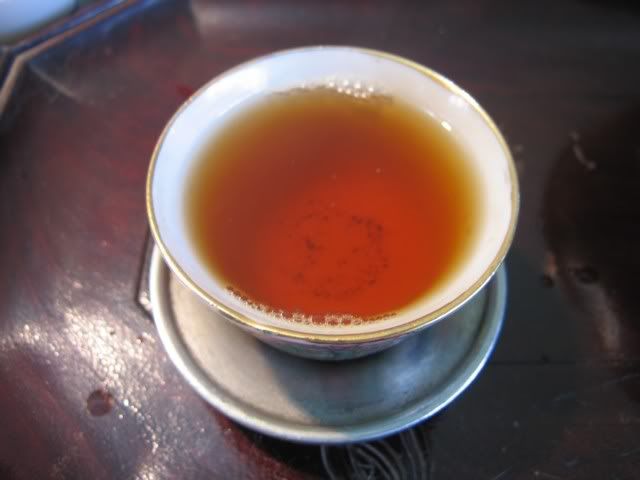
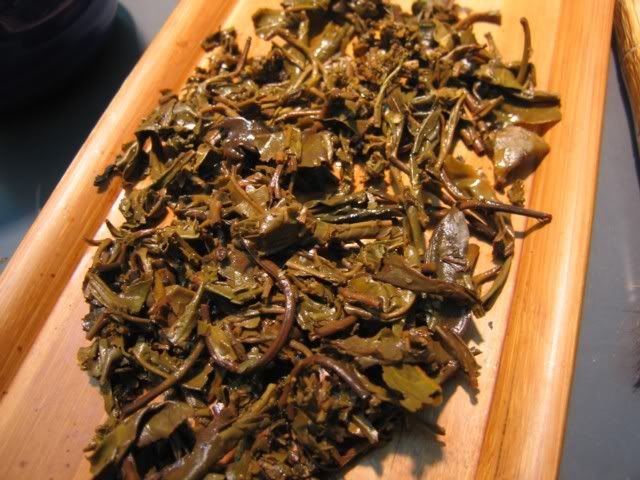

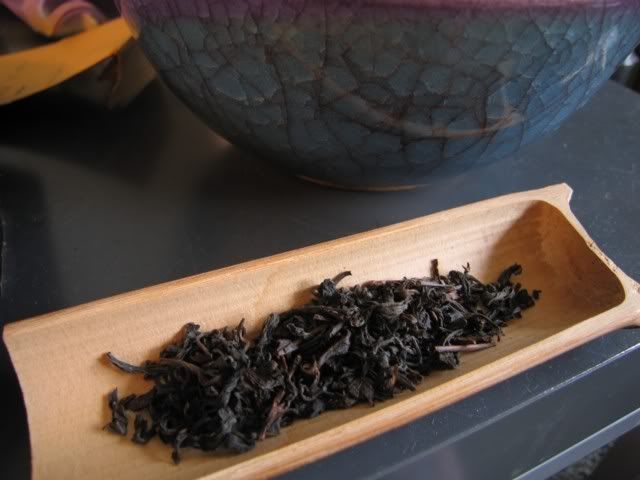
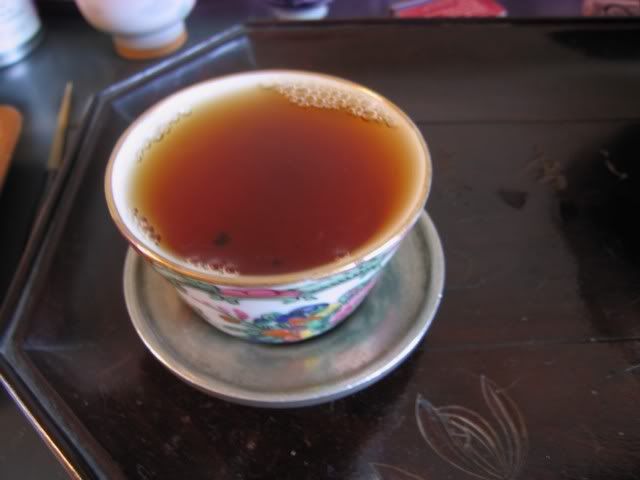





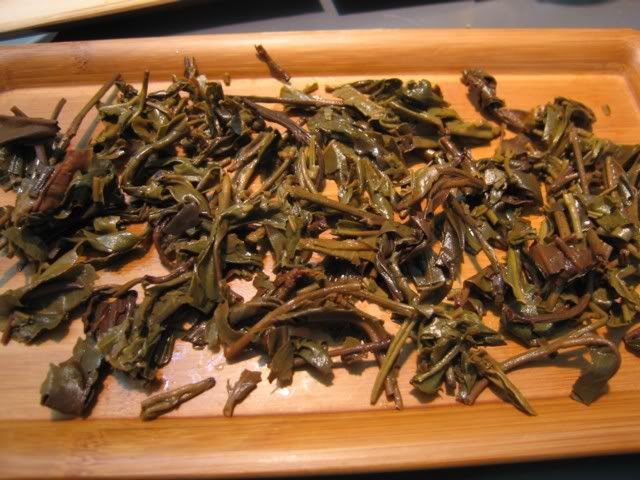
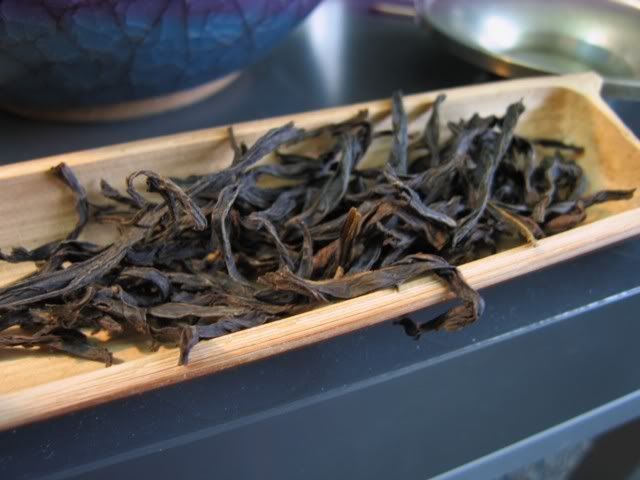
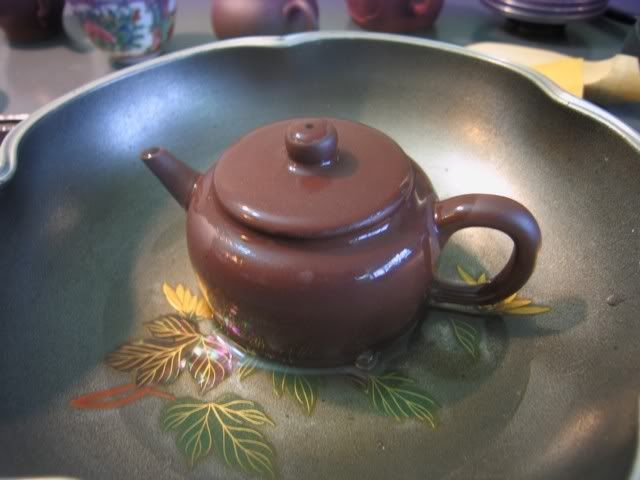
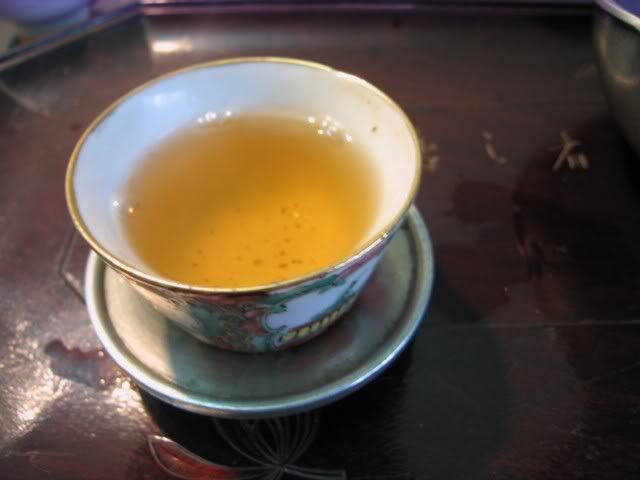
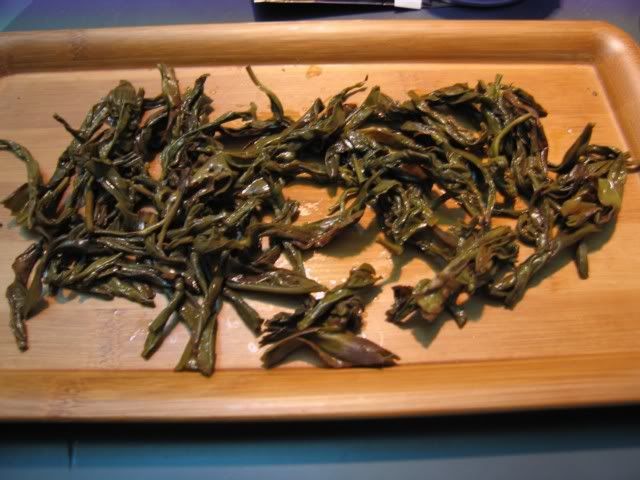





 RSS - Posts
RSS - Posts
Interesting.... would 250C in my oven work?